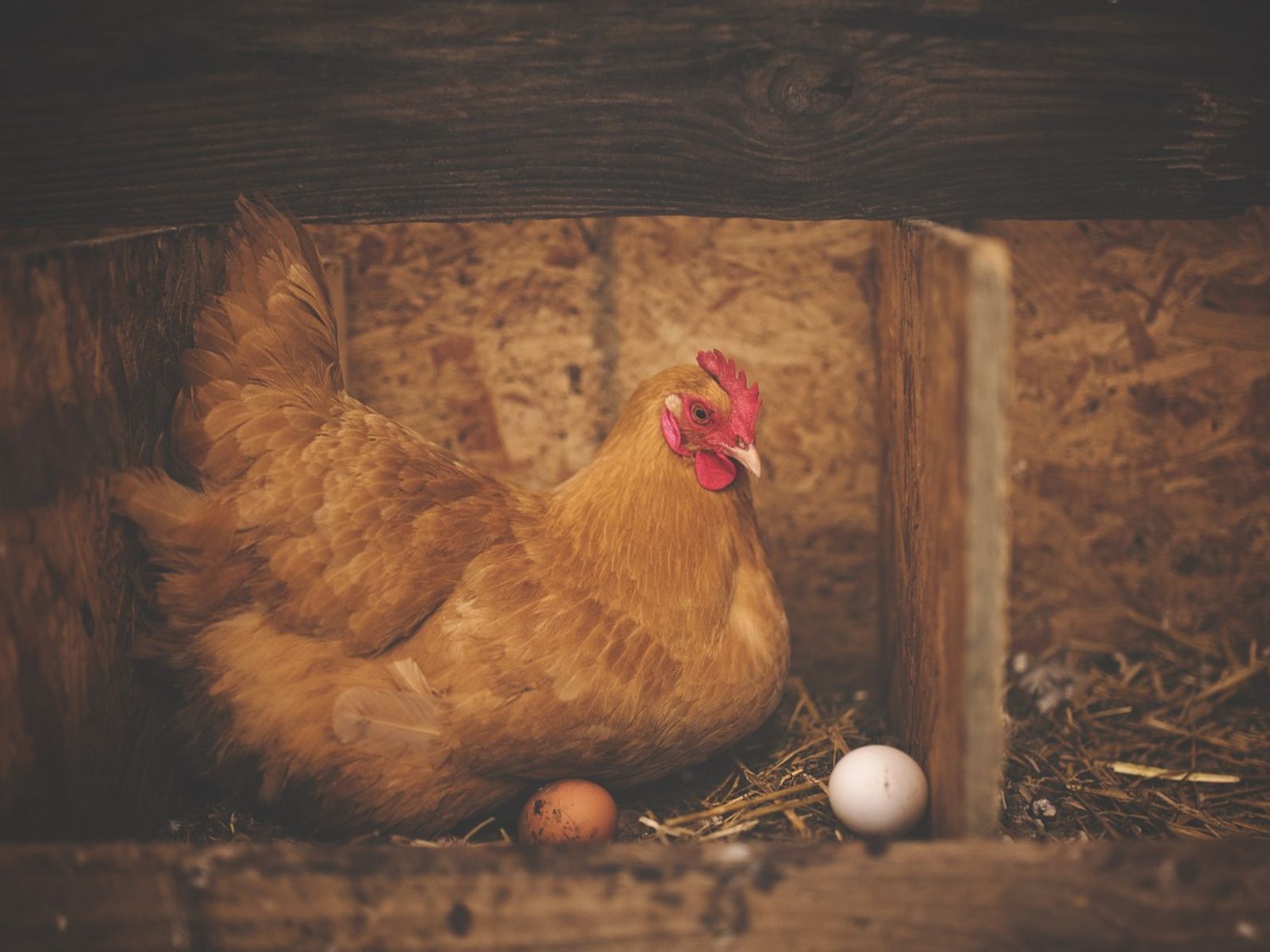The hemp plant was once one of the greatest agricultural crops in the United States. Used primarily for making textiles, it wasn’t until the rise of prohibition that the hemp plant went out of favor among farmers in the U.S.
In recent years, the hemp plant has made a huge comeback in the U.S., thanks in large part to the passage and implementation of the 2018 Farm Bill which legalized hemp cultivation across the country. According to the United States Department of Agriculture (USDA), “in 2023, the value of hemp production in the open and under protection for the United States totaled $291 million, up 18 percent from 2022.”
“Planted area for the Nation in 2023 for all utilizations totaled 27,680 acres, down 2 percent from 2022. The value of hemp production in the open for the United States totaled $258 million, up 22 percent from last year. Area harvested for all purposes in the open totaled 21,079 acres, up 15 percent from 2022.” the report also stated.
One use for the hemp plant that appears to be under-tapped in the U.S. involves using hemp seed as a feed for poultry and livestock. Officials in the United States are considering approving hemp seed as a feed for laying hens, and if that happens, it could increase the size and scope of the nation’s emerging industry.
“Sometime in August, US regulators will vote on whether to approve hemp seed meal (HSM) as a feed for laying hens.” stated the Hemp Gazette in its original reporting. “Farmers like it, animals like it, but the problem in the USA is it’s banned as a stock feed for the most part.”
“According to the National Hemp Association (NHA), approval of HSM for egg-laying chickens would require 384 million pounds of it (assumed annually) and over 650,000 acres of hemp cultivation, creating a valuable new market. But the Association doesn’t want to stop there – it wants to see HSM approval extended to other livestock, including cattle.” Hemp Gazette reported.
“For instance, if beef cattle feed included 5% HSM at a 20% inclusion rate, it would require 4 billion pounds of HSM, translating to over 7 million acres of hemp cultivation.” Hemp Gazette also stated.
Researchers in Missouri recently reported that tall fescue is “the dominant Missouri forage” and that “there are few options to enhance those fescue fields to graze through a long, hot, dry spell.”
“Sunn hemp can be grown alone, combined with other summer cover crop forages in a mix or inter-seeded into tall fescue stands. Most research in Missouri has focused on inter-seeding.” Beef Magazine stated in its original coverage.
“Compared to a legume like alfalfa, sunn hemp doesn’t require super high fertility to be established and productive. It also is a non-bloating legume with a rapid growth rate and high potential for regrowth following a grazing. It is excellent for diluting the toxicity of endophyte-infected Kentucky 31 fescue stands.” the outlet also stated.
“Sunn hemp is tall, fast growing, and excellent forage. This crop is a great option to include in summer mixes, especially if there is a short summer window. It can reach 6 feet tall in 60 days and will regrow if lightly grazed. It dies at the first sign of frost.” the University of Missouri Extension and Education Center states on its website.
“The global industrial hemp market size is estimated to grow by USD 6.87 bn from 2023 to 2027, according to Technavio. The market is estimated to grow at a CAGR of over 17.1% during the forecast period.” data company Technavio recently stated in a press release regarding the global hemp industry.

